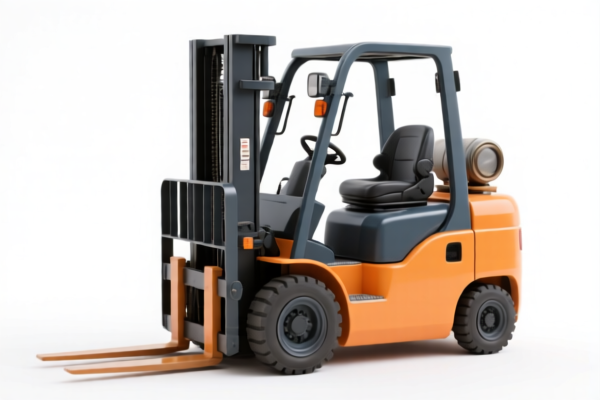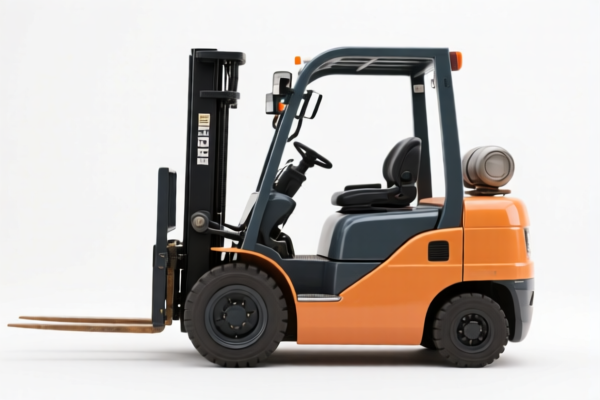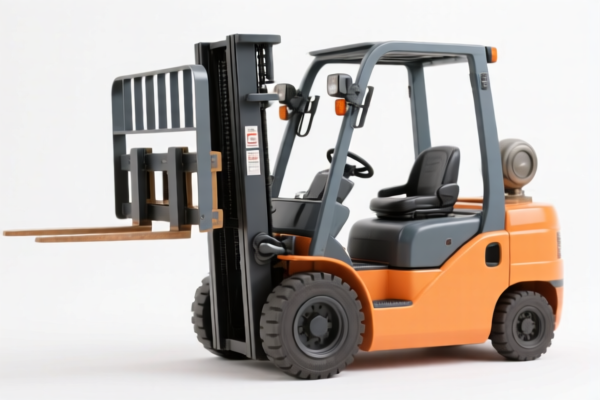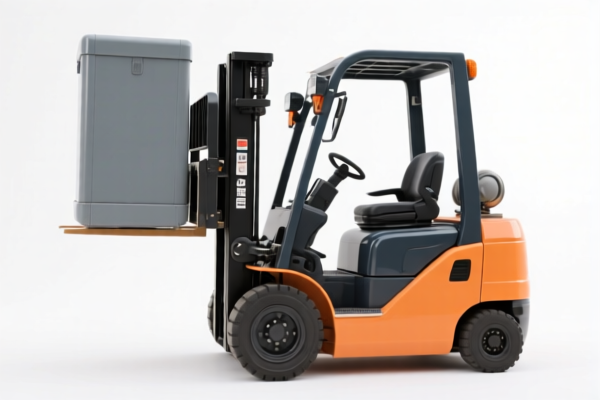| HS Code | Official Doc | Tariff Rate | Origin | Destination | Effective Date |
|---|---|---|---|---|---|
| 8425110000 | Doc | 55.0% | CN | US | 2025-05-12 |
| 8425190000 | Doc | 55.0% | CN | US | 2025-05-12 |
| 8431499005 | Doc | 80.0% | CN | US | 2025-05-12 |
| 8431499010 | Doc | 80.0% | CN | US | 2025-05-12 |
| 8428900390 | Doc | 55.0% | CN | US | 2025-05-12 |
| 7308400000 | Doc | 80.0% | CN | US | 2025-05-12 |
| 9406900190 | Doc | 82.9% | CN | US | 2025-05-12 |
| 9406900130 | Doc | 82.9% | CN | US | 2025-05-12 |
| 7326908605 | Doc | 82.9% | CN | US | 2025-05-12 |
| 7326908605 | Doc | 82.9% | CN | US | 2025-05-12 |




Door Lifter
A door lifter is a mechanical device used to raise and lower doors, typically those that are too heavy or awkward to be operated manually. These devices are employed in a variety of settings, ranging from residential garages to commercial and industrial facilities.
Materials
Door lifters are constructed from a combination of materials chosen for strength, durability, and resistance to environmental factors. Common materials include:
- Steel: Predominantly used for tracks, rails, brackets, and structural components due to its high strength and load-bearing capacity. Galvanized steel is often employed to resist corrosion.
- Aluminum: Used in lighter-duty applications or for specific components where weight reduction is important.
- Plastic/Nylon: Utilized for rollers, bearings, and other parts requiring low friction and noise reduction.
- Chain/Cable: High-strength chains or steel cables are essential for transmitting lifting force.
- Electronics: Modern door lifters incorporate electronic components like motors, control boards, sensors, and remote receivers.
Purpose
The primary purpose of a door lifter is to provide convenient, safe, and automated operation of doors. They reduce physical strain, enhance security, and improve accessibility.
Function
Door lifters function by converting rotational motion (from a motor) into linear motion to raise and lower the door. Key functional components include:
- Motor: Provides the power to operate the lifter. Motor power is determined by the door's weight and size.
- Lift Arm: Connects the motor to the door, transferring the lifting force.
- Track System: Guides the movement of the door along a vertical or horizontal path.
- Spring System: Counterbalances the weight of the door, reducing the load on the motor and enhancing operational efficiency. Springs can be torsion springs (mounted above the door) or extension springs (mounted along the sides of the door).
- Control System: Allows users to operate the door via remote control, wall-mounted buttons, or smart home integration. Includes safety features such as obstruction sensors and auto-reverse mechanisms.
Usage Scenarios
- Residential Garages: The most common application, providing automated access to garages.
- Commercial Buildings: Used in loading docks, warehouses, and retail spaces for large overhead doors.
- Industrial Facilities: Employed for heavy-duty doors in manufacturing plants, storage facilities, and fire stations.
- Accessibility Solutions: Used to provide automated access for individuals with mobility impairments.
- Aircraft Hangars: Large-scale door lifters are used to operate massive hangar doors.
Common Types
- Chain Drive: A durable and reliable system that uses a chain to lift the door. Generally louder than other types.
- Belt Drive: Uses a rubber belt instead of a chain, resulting in quieter operation. May require more maintenance than chain drive systems.
- Screw Drive: Uses a threaded screw to lift the door. Known for smooth and quiet operation, but can be slower than other types.
- Direct Drive: The motor is directly connected to the door shaft, providing quiet and efficient operation. Often more expensive than other types.
- Torsion Spring Systems: Utilize springs positioned above the door to counterbalance the weight. Common in residential garages.
- Extension Spring Systems: Utilize springs positioned along the sides of the door. Can be less expensive than torsion systems, but may require more frequent maintenance.
- Rolling Door Lifters: Specifically designed for rolling steel doors, utilizing a drum and cable system.
Based on the provided information, the following HS codes may be relevant to “door lifter”:
- 8425110000: This HS code covers Pulley tackle and hoists other than skip hoists; winches and capstans; jacks: Pulley tackle and hoists other than skip hoists or hoists of a kind used for raising vehicles: Powered by electric motor. Chapter 84 relates to nuclear reactors, boilers, machinery and mechanical appliances. Heading 8425 specifically concerns lifting, handling, loading or unloading machinery. This particular subheading (8425110000) focuses on pulley tackles and hoists that are electrically powered, excluding those used for vehicles.
- 8425190000: This HS code covers Pulley tackle and hoists other than skip hoists; winches and capstans; jacks: Pulley tackle and hoists other than skip hoists or hoists of a kind used for raising vehicles: Other. Similar to the previous code, this falls under Chapter 84 and Heading 8425. However, this subheading (8425190000) covers pulley tackles and hoists that are not powered by electric motors, or are otherwise categorized as "other".
- 8428900390: This HS code covers Other lifting, handling, loading or unloading machinery (for example, elevators, escalators, conveyors, teleferics): Other machinery Other. Chapter 84 applies here as well, with Heading 8428 encompassing other lifting machinery. This specific subheading (8428900390) is for other lifting machinery not specifically classified elsewhere.
Regarding HS codes 8425110000 and 8425190000, the total tax rate is 55.0%, comprised of a 0.0% base tariff and a 25.0% additional tariff, increasing to 30.0% after April 2, 2025.
Customer Reviews
No reviews yet.